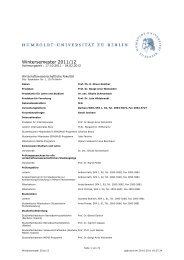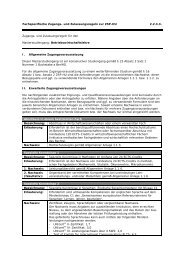Measuring the Effects of a Shock to Monetary Policy - Humboldt ...
Measuring the Effects of a Shock to Monetary Policy - Humboldt ...
Measuring the Effects of a Shock to Monetary Policy - Humboldt ...
Create successful ePaper yourself
Turn your PDF publications into a flip-book with our unique Google optimized e-Paper software.
Bayesian FAVARs with Agnostic Identification 51<br />
9 Summary and Concluding Remarks<br />
In this <strong>the</strong>sis I combined <strong>the</strong> likelihood-based estimation <strong>of</strong> <strong>the</strong> FAVAR framework with<br />
<strong>the</strong> agnostic identification scheme <strong>to</strong> estimate <strong>the</strong> effects <strong>of</strong> a shock <strong>to</strong> monetary policy<br />
imposing sign restriction on <strong>the</strong> impulses responses on prices, nonborrowed reserves and<br />
<strong>the</strong> federal funds rate. Fur<strong>the</strong>rmore some combinations <strong>of</strong> restrictions on more than one<br />
monetary aggregate and price was tried out. I stay agnostic w.r.t. <strong>the</strong> output variables.<br />
The results seem produce results that appear <strong>to</strong> be more reasonable and more accurate<br />
than with standard identification schemes as provided by BBE. The accuracy increases<br />
with <strong>the</strong> increasing restrictions, however <strong>the</strong> number <strong>of</strong> accepted responses according <strong>to</strong><br />
<strong>the</strong> agnostic identification decreases sharply.<br />
I suggest <strong>to</strong> be more strict with <strong>the</strong> restriction <strong>to</strong> set in so far that one imposes not only<br />
single variables but several variables such as prices <strong>to</strong> react according <strong>to</strong> <strong>the</strong> conventional<br />
wisdom. This should serve <strong>the</strong> possibility <strong>to</strong> narrow down <strong>the</strong> space <strong>of</strong> reasonable reactions<br />
that are merely according <strong>to</strong> a shock <strong>to</strong> monetary policy. Price and monetary aggregates<br />
show reasonable responses after a monetary policy shock.<br />
10 Matlab Implementation<br />
This part is supposed <strong>to</strong> explain <strong>the</strong> attached Matlab code. The code uses some codes<br />
written by Chris<strong>to</strong>pher Sims. I fur<strong>the</strong>rmore used some codes written by Piotr Eliasz and<br />
Jean Boivin. The part on <strong>the</strong> Gibbs sampling and Kalman filtering, in parts draws on <strong>the</strong><br />
code written by Piotr Eliasz. Also some codes written by Bar<strong>to</strong>sz Maćkowiak provided<br />
for <strong>the</strong> course ”Empirical Macroeconomics” have been also a great help. All <strong>the</strong> codes<br />
used by o<strong>the</strong>rs are in an seperated folder in <strong>the</strong> attached cd-rom.



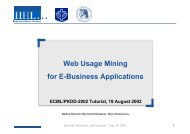
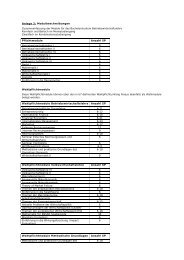

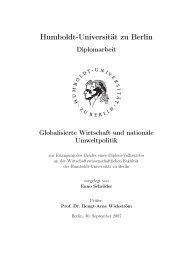
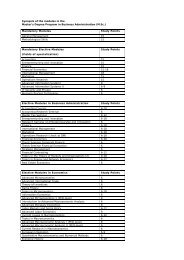
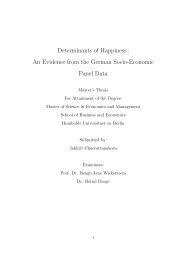
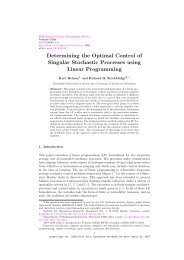
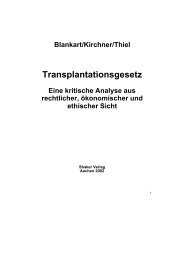
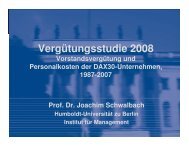

![[Text eingeben] [Text eingeben] Lebenslauf Anna-Maria Schneider](https://img.yumpu.com/16300391/1/184x260/text-eingeben-text-eingeben-lebenslauf-anna-maria-schneider.jpg?quality=85)

